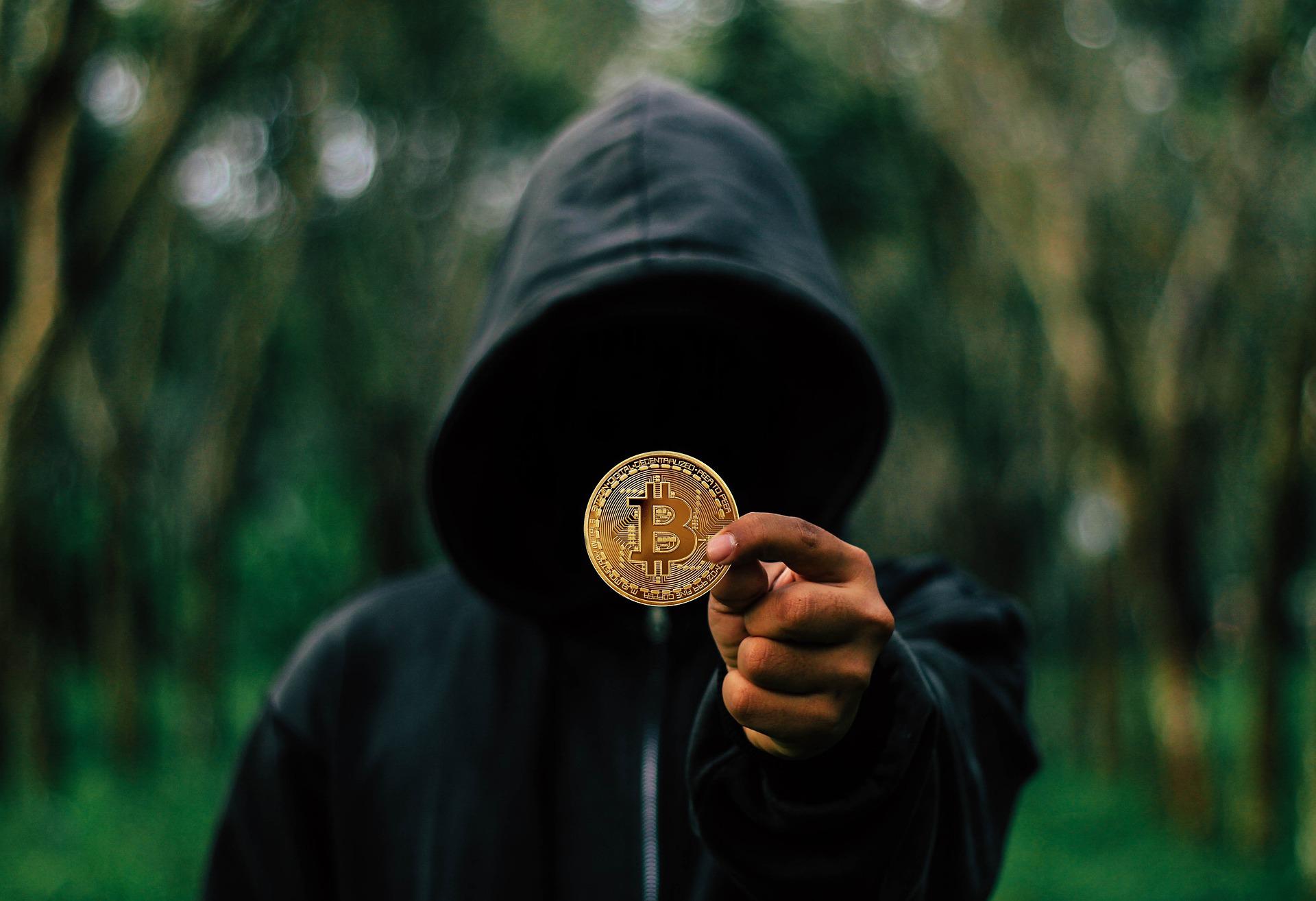Blockchain Technology has introduced us to a new era of financial trends. These trends have so far led us towards an open, secure, and agile process to complete financial exchanges and deals. The operations are led by a decentralized network system, a peer-to-peer connection, which makes the establishment of the connections less hectic and far more speedy to complete.
Ethereum is one of the leading chains in the Blockchain and fastidiously achieved the second in the calling after Bitcoin. But certain concerns are hovering around Ethereum 2.0 and if it will be a worthy initiative for the ETH value. Learn more by landing on this page about this matter
General Factors
Proof of Stake
Mining payments are often achieved through a proof-of-work consensus, in which miners start competing to verify transactions and are paid with ETH assets known as transaction fees. Participants would be picked to generate fresh currencies and verify transactions depending on the volume of the piled currencies, and thus will no longer get trading charges whilst electricity generation is lower than the Proof-of-Work consensus. The Proof-of-Stake strategy will reduce the amount of processing power required to run big systems to resolve mathematical problems on a huge level, as opposed to the Proof-of-Work method.
Sharding
Connectivity overload produced by a large number of transactions that surpass the system’s existing limitation of 15 to 45 operations per second causes scalability concerns. Sharding, or introducing additional servers to the Blockchain, and laterally dividing a ledger to share the burden, according to programmers, will minimize system congestion and improve operations per second by generating new chains. Shard Chains, the next step of the update, will distribute the network’s burden over 64 new nodes, allowing for further transactions to be processed at the same time.
Mining
In terms of the burning rate, it is clear that mining operations will be shaped more urgently. The purpose of the burning is for the chain to lose a particular number of assets to issue new ones. This can be effectively used to boost the currency mining rate. The combination of modifications to proof-of-stake methods and shard chains would lead to a considerable reduction in mining carbon footprint, as customers would no longer have to struggle for mining incentives using gear with high processing capabilities.
Investments
Rather than compensating validators, Ethereum burned 14 million dollars worth of ETH. If the current burn rate persists, ETH supplies would be constrained, potentially driving the value of the cryptocurrency upwards. With that perspective, ETH 2.0 appears to add worth. Nevertheless, it would be hard to benefit from ETH before the ultimate launch of Ethereum 2.0, which could occur by 2024. As the complexity of completing problems increases, mining profits will plummet. Mining would no more be dependent on anonymous rivalry following the merger. Furthermore, individuals must invest part of their ETH to be picked to verify newly produced coins. All of such things can be a problem, and until they are resolved, the investments will be insufficient.
Chances to use it as they wish
ETH users who want to invest do not have to do so in Stage 0; instead, users may connect to the system as a verifier at any time. Validators, on the contrary, can transfer the assets to the Blockchain from the beginning, versus other ETH owners who must wait till Stage 1.5 to observe the ETH on the Ethereum 2.0 network. The possibility of increased block payouts is the incentive.
Phases
Beacon Chain
The subsequent chain, which uses proof-of-stake accord instead of proof-of-work, would operate independently from the present Ethereum Mainnet sequence. At that time, the beacon chain will be unable to process users or smart contracts.
The Merge
The merger, as the title suggests, is the process of merging the present Mainnet and Beacon chains to a single network that would only use proof-of-stake. The decision to withdraw committed ETH would not be possible soon following the merge and would not be possible till all of Ethereum 2.0’s phases have been published.
The stage would add shard networks to the Ethereum system, allowing it to hold and retrieve information more efficiently. Those additional units, though, will not be deployed to permit. These processes for introducing shard chains are currently getting worked up, stated to the programmers.
Ethereum 2.0 is the first update that is going to circulate in the Blockchain space, and it is essential to know if it will generate more profits. It can be said that if the programs are handled with care, the potential to hit big is higher.

